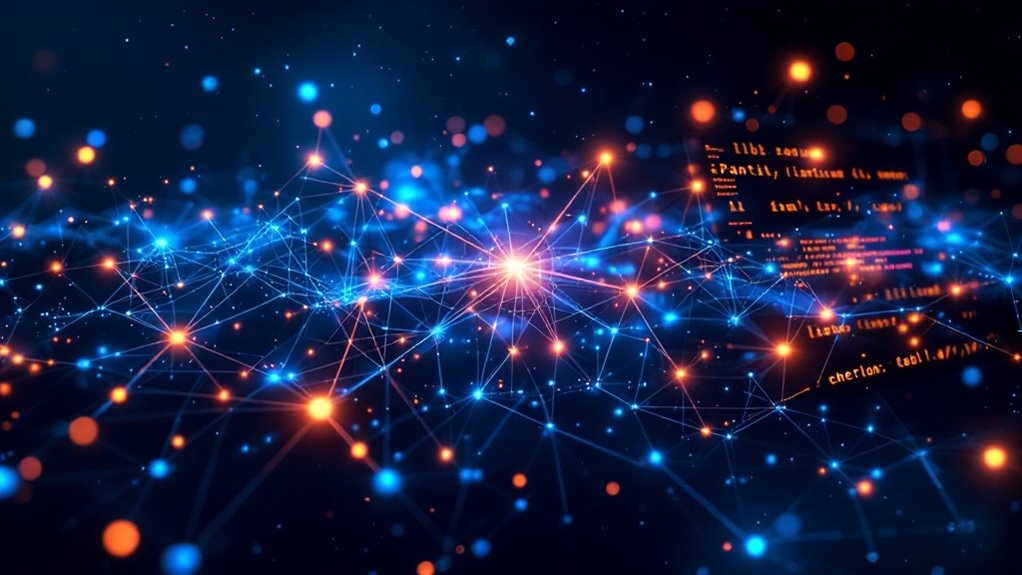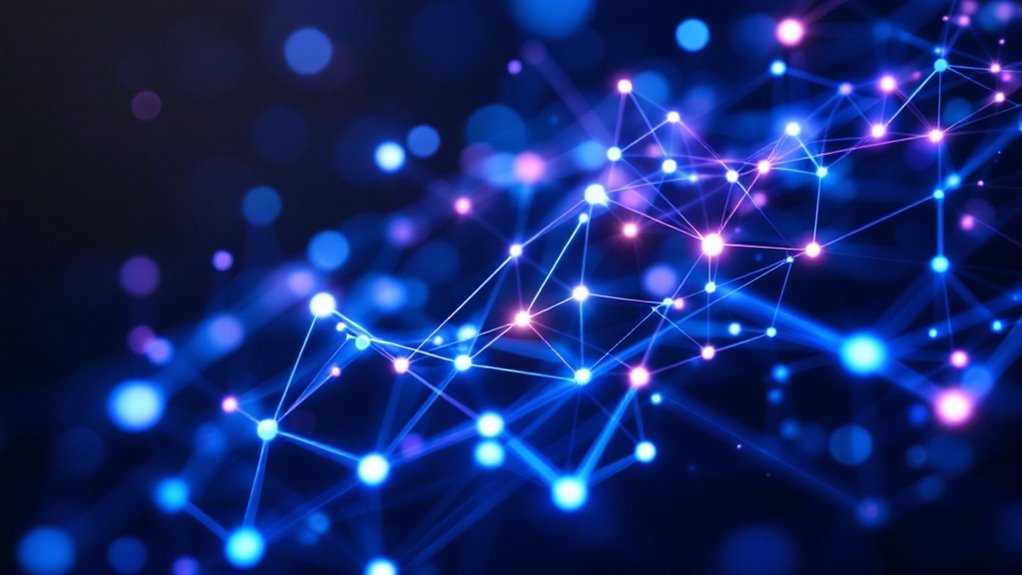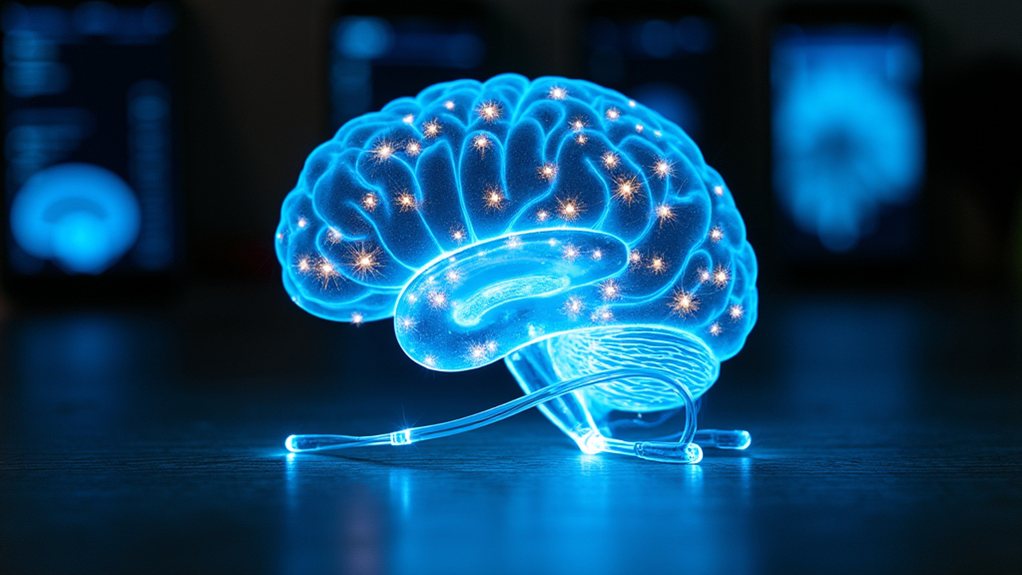Generative AI creates new content rather than just analyzing existing data. Think of it as a tireless digital intern that produces emails, images, code, and more. It works by predicting what comes next—whether that’s words or pixels—based on massive datasets of human-created content. Using neural networks and fancy transformer architectures, these systems learn patterns of human creativity. They’re impressive but flawed—sometimes hallucinating facts or perpetuating biases. Stick around to discover how this tech is reshaping creative industries.
While traditional AI has spent decades diligently analyzing spreadsheets and predicting market trends, generative AI has burst onto the scene like the cool younger sibling who somehow learned to paint, write poetry, and compose music overnight. This technological wunderkind represents a fundamental shift in artificial intelligence—creating rather than merely analyzing.
At its core, generative AI is all about making new stuff. Unlike its analytical predecessors that excel at sorting through existing data, these systems can write that email you’ve been putting off, design your next logo, or even code that app you’ve been dreaming about. The magic happens through neural networks and transformer-based architectures that have fundamentally digested the internet and learned the patterns that make human creativity tick.
Generative AI doesn’t just analyze—it creates, turning your digital dreams into reality through the alchemy of internet-trained neural networks.
Think of it as the ultimate mimic. Feed a system like ChatGPT a prompt about Victorian ghost stories, and it’ll channel its inner Dickens faster than you can say “Bah, humbug!” These models work by predicting what should come next—whether that’s the next word in a sentence or pixel in an image—based on probability distributions learned from massive datasets. Modern systems rely on reinforcement learning techniques that incorporate human feedback to align outputs with user expectations.
The applications are practically endless. Marketing teams are generating ad copy in seconds. Programmers are debugging code with AI assistants. Artists are creating entire portfolios with text prompts. Popular tools like Jasper and Copy.ai are revolutionizing content creation workflows across industries. The technology has roots in Markov chains and other statistical methods dating back over five decades, showing how far we’ve come. It’s like having a digital intern who never sleeps, complains, or asks for a raise.
But let’s not get too carried away with the utopian fantasies. These systems have their quirks—they can hallucinate facts, perpetuate biases, and occasionally produce outputs that make absolutely no sense. Plus, they’re resource hogs that gulp electricity like teenagers raid refrigerators.
The societal impact is just beginning to unfold. Creative industries are simultaneously embracing these tools while nervously glancing at their job security. Copyright lawyers are working overtime.
And everyone’s wondering: in a world where AI can generate content indistinguishable from human work, what exactly makes human creativity special?









